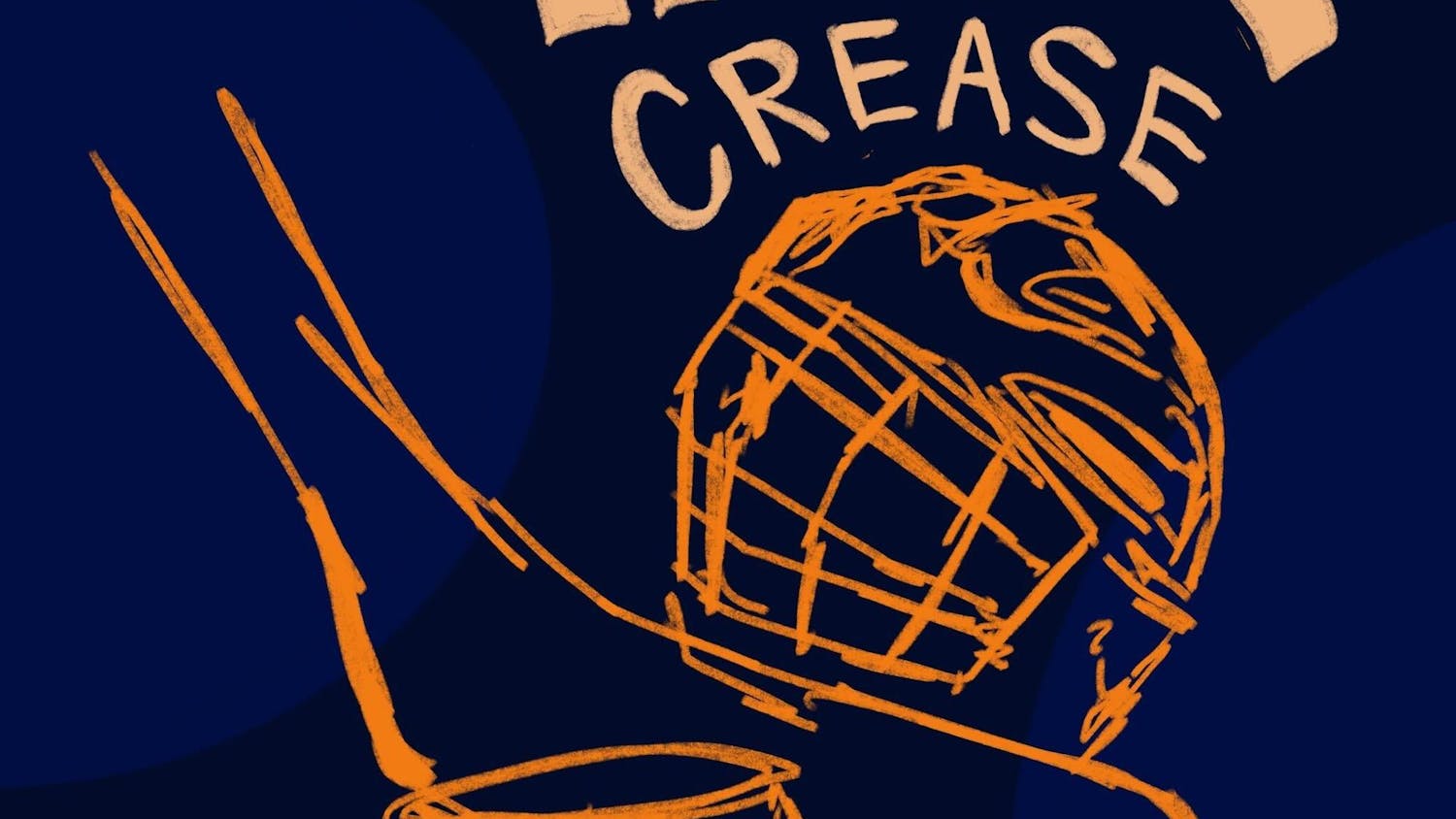Congratulations! You are now three weeks into the unprecedented no sports era, and are still alive and thriving. At least that’s what we hope. For the average sports consumer like you and I, the coronavirus has rocked the athletically oriented side of us into a frenzy. We suddenly have no idea what to do with our time, but we can still take solace in watching highlights, game reruns and even online versions of the games, like the Phoenix Suns of the NBA are doing, all while maintaining optimism for play to resume.
For the supply side of the industry, however, which involves the players, teams, leagues and TV broadcasters, among others, the future seems less certain, and the present is dire. Even as the pandemic was gaining steam, many American sports leagues waited to shut down or postpone seasons. They instead tried to find ways to play games without fans so that the maximum amount of revenue could still be generated while ensuring optimal safety. However, after NBA player Rudy Gobert of the Utah Jazz tested positive for the virus on March 11, the NBA suspended its season. This act was followed in domino-like succession by all major American sports leagues in a matter of 48 hours.
Despite being a frontrunner in this matter, the NBA will be on the same footing as other leagues in terms of financial impact. Teams in the league have around 20 games left in their regular seasons, plus the playoffs, and are drawing out hope to be able to finish their seasons at some point. If they are not able to finish without fans, the league would lose about $350 to $450 million in ticket revenues, not including the playoffs, according to data accumulated by sports economist Rodney Fort.
In addition, digital broadcasting poses a larger issue. Far more fans watch games on TV and through other streaming services than they do live, and for this reason, the NBA gets a huge chunk of its yearly revenue of $8 billion from broadcasting. In theory, a lot of this revenue is guaranteed through unbreakable contracts with broadcasting companies such as ESPN, ABC and TNT. However, in the event of an “act of God” such as this pandemic, the broadcasting companies do have a right to abstain from paying all or part of these funds under what is legally known as “force majeure.” Millions of dollars could potentially be lost from these billion-dollar deals.
All of this potentially lost money not only affects the league, but also the people to whom the money trickles down to. Players stand to make less money in future seasons if the league has to reduce yearly salary cap increases. In addition, if the season is unable to be finished or the games are played without fans, the NBA’s collective bargaining agreement stipulates that “players lose about 1.08 percent of their salary for every game missed in the event of catastrophic circumstances, including epidemics," according to FivethirtyEight editor Neil Paine.
Although 1.08% may seem like a small number, especially in terms of the millions of dollars that players already make in salaries, there is still a growing worry among players regarding managing their finances.
Carmelo Anthony, an NBA veteran who experienced the financial impacts of the 2011 NBA lockout, which caused players to lose an average of$220 million from their salaries, addressed the potential financial impacts of the coronavirus.
“It forces us as athletes to educate ourselves on financial literacy, what it means to save money, what it means to start portfolios. This is that time because this just happened. Nobody knew this was going to happen,” Anthony said on Portland Trail Blazers teammate C.J. McCollum’s podcast, Pull Up with C.J. McCollum (2018–).
Unlike the 2011 NBA lockout, which players generally knew about well in advance, this shutdown came abruptly, so players didn’t necessarily have time to plan. Far more than the players, however, this fact strongly affects the many teams and arena employees, as well as the many businesses that are indirectly involved in the running of the game, including transportation and parking.
Collectively, these employees and businesses involved in a game’s supply chain stand to lose tens of millions of dollars, contributing to growing unemployment numbers. Possibly on a more striking note, especially in this public health crisis, is that while working, many of these employees are guaranteed health insurance with their labor unions, and now even that is uncertain.
In spite of the myriad of economic woes that face the NBA and all sports, there are a few silver linings that I hope we can take away from this situation. First, this crisis has caused the sports community to come together, shedding away our differences in the face of a larger foe. Players such as Giannis Antentokounmpo, Zion Williamson and Kevin Love have all given money to help arena workers and team employees.
In addition, with a larger reliance on technology, maybe we will see innovations in the way sports are presented. Some of these possibilities could include a heavier league reliance on NBA 2K and potentially even virtual reality products. This could create more jobs and increase potential revenue streams for sports, causing more money to be made than ever.
Finally, when sports do come back, and they definitely will, they will come back with a vengeance, and nobody will take them for granted any longer.





